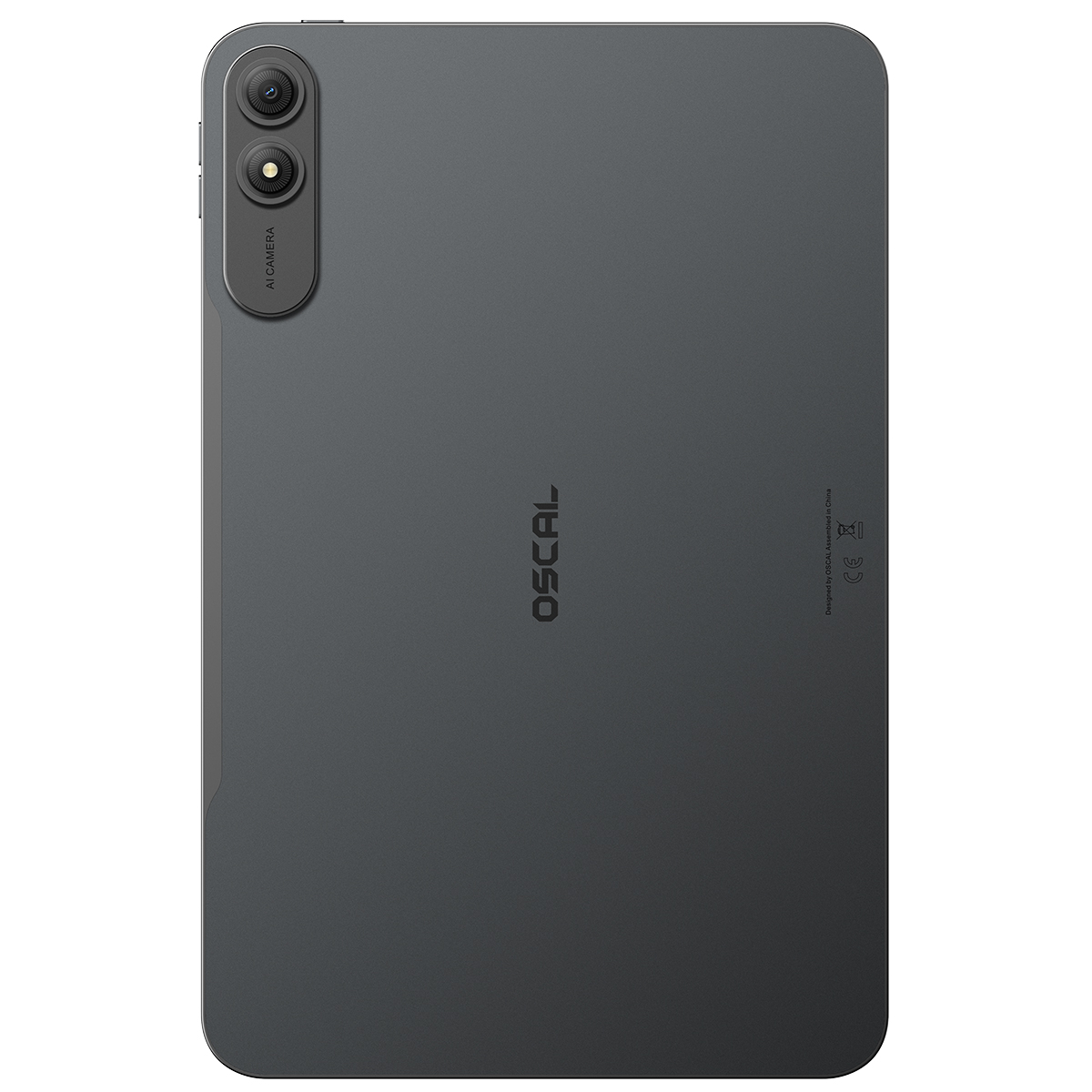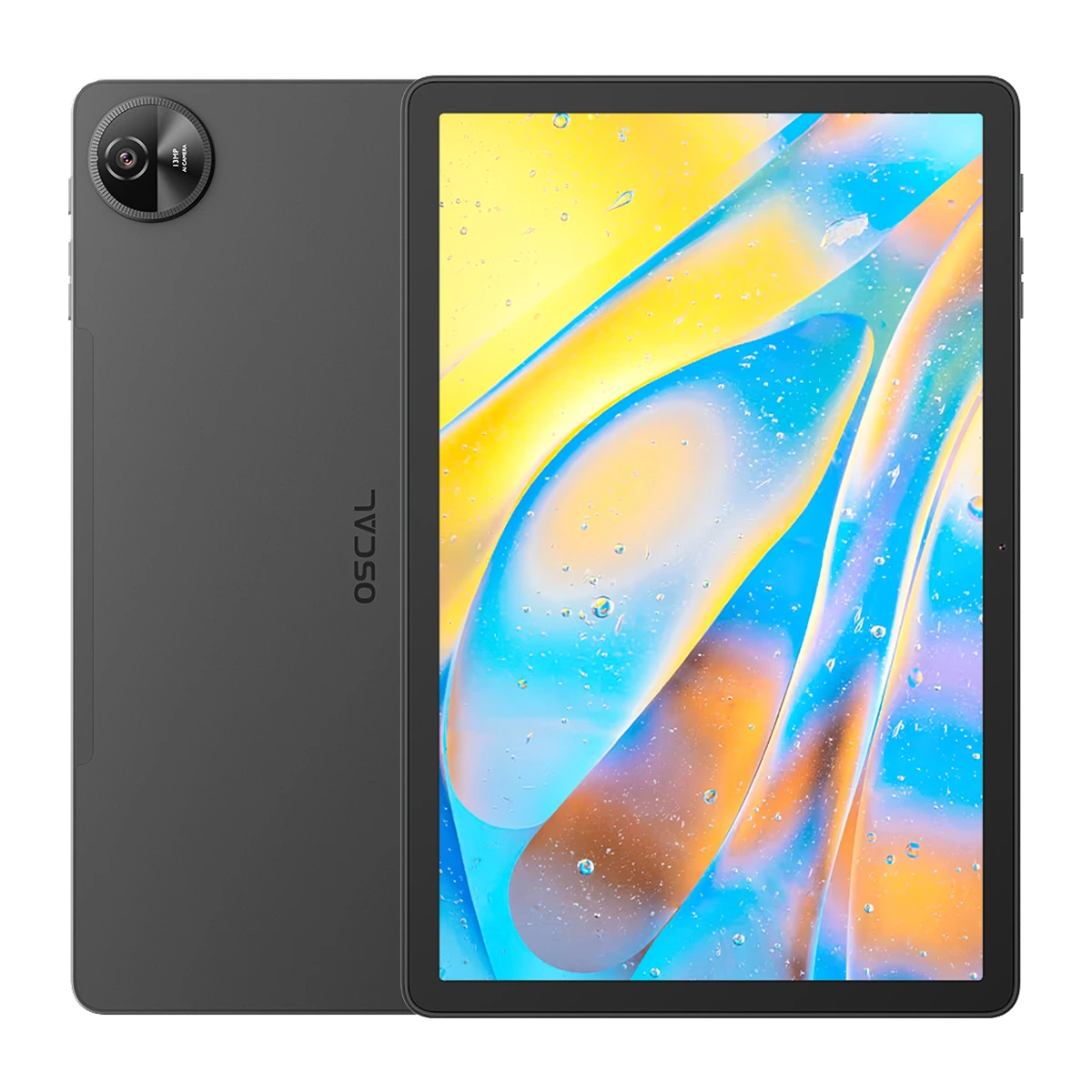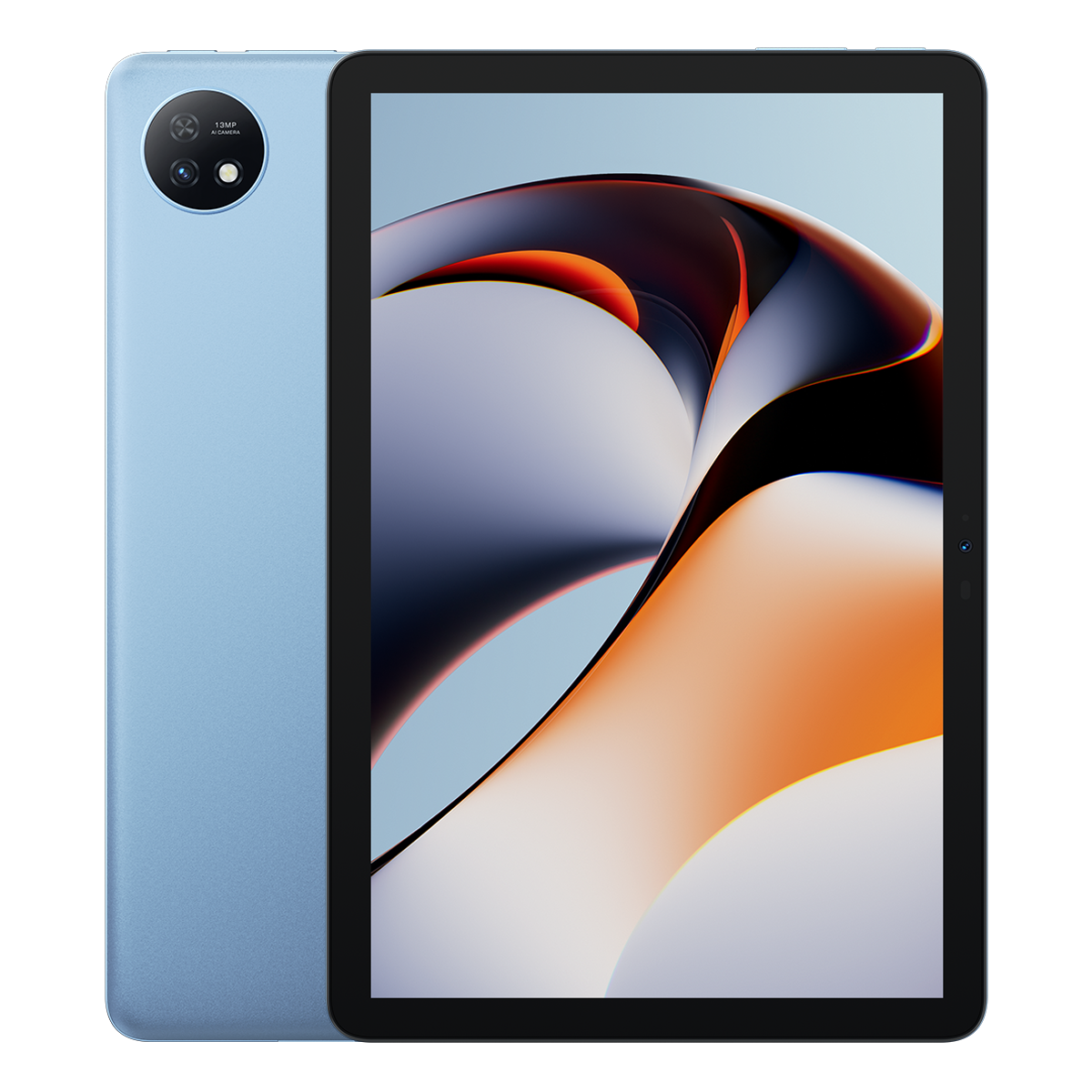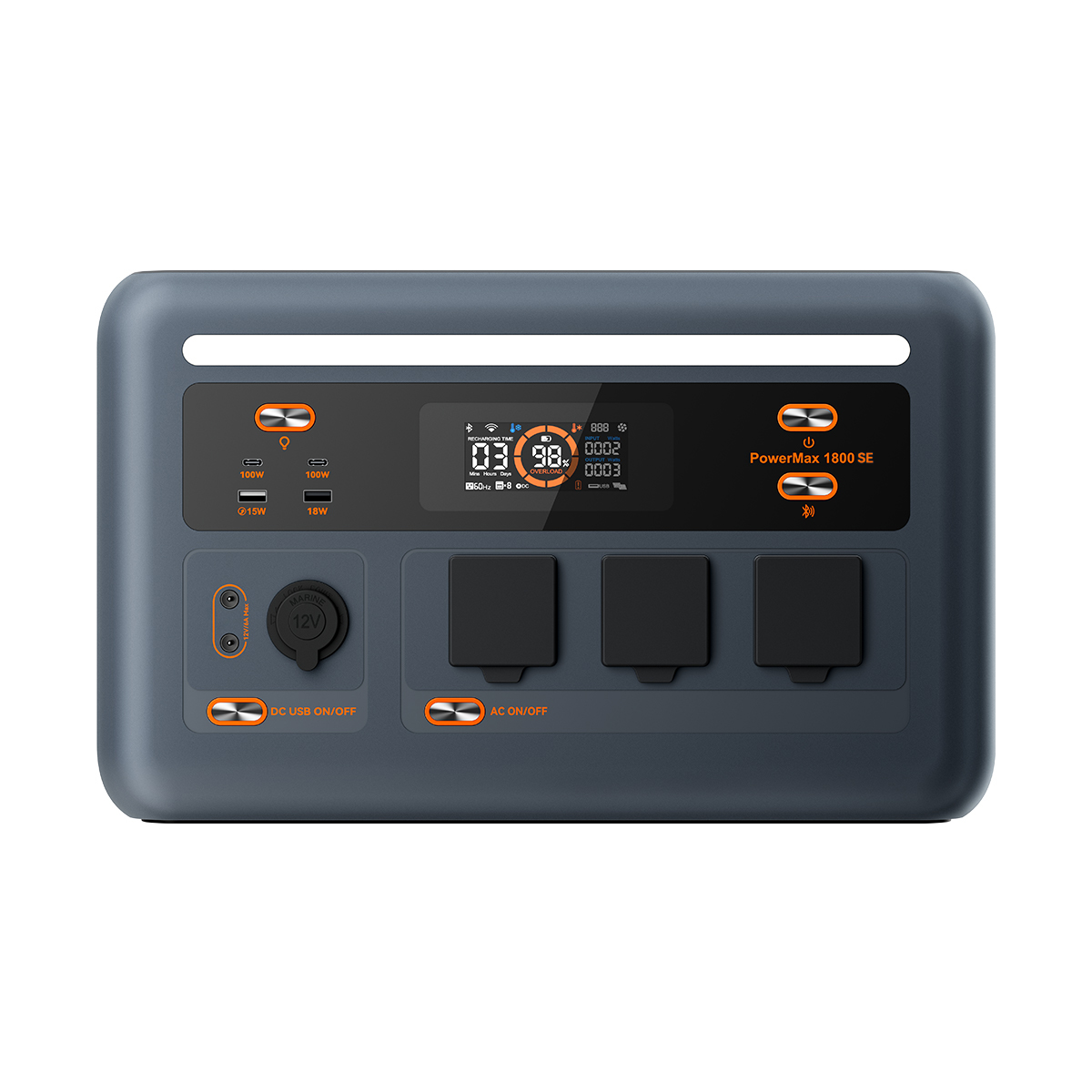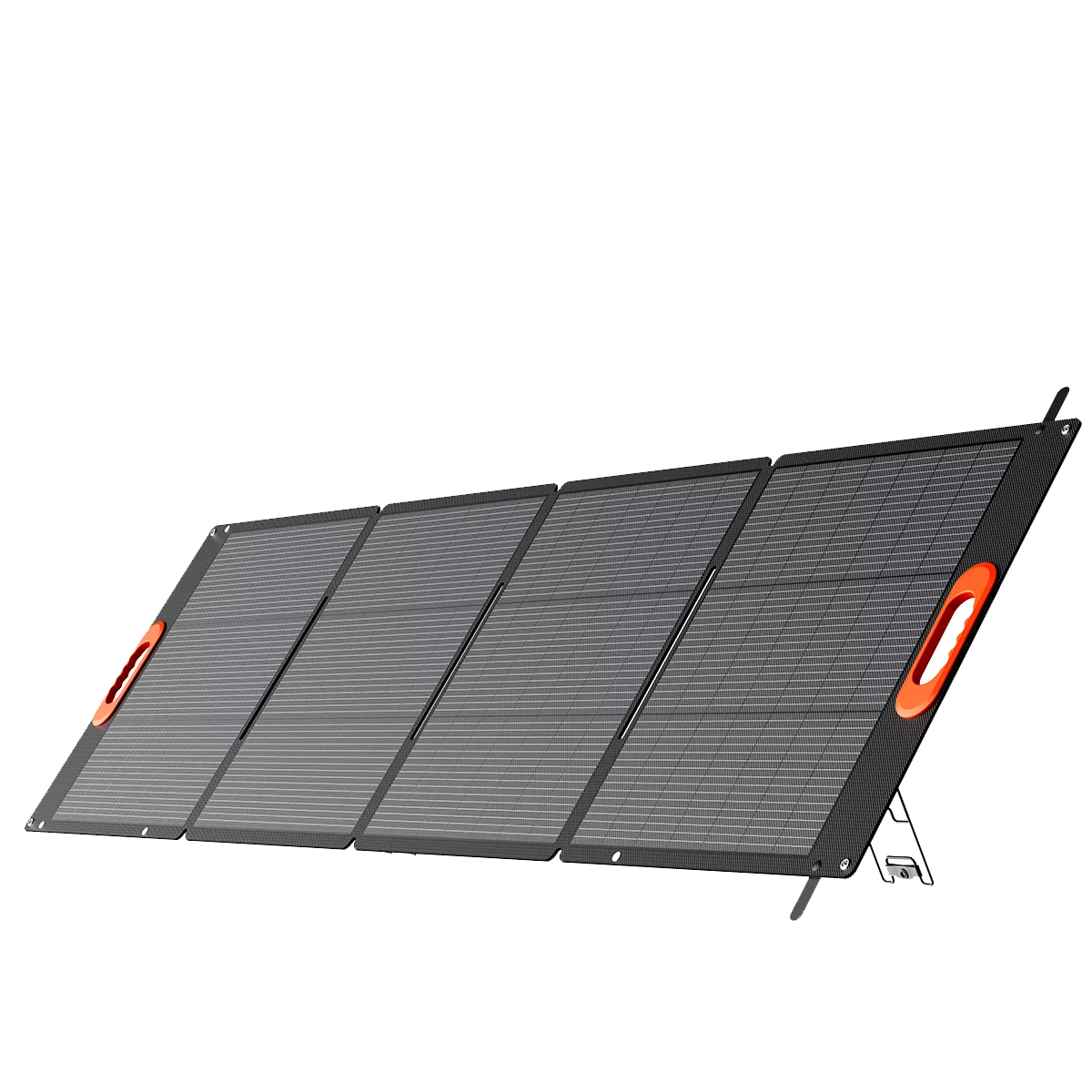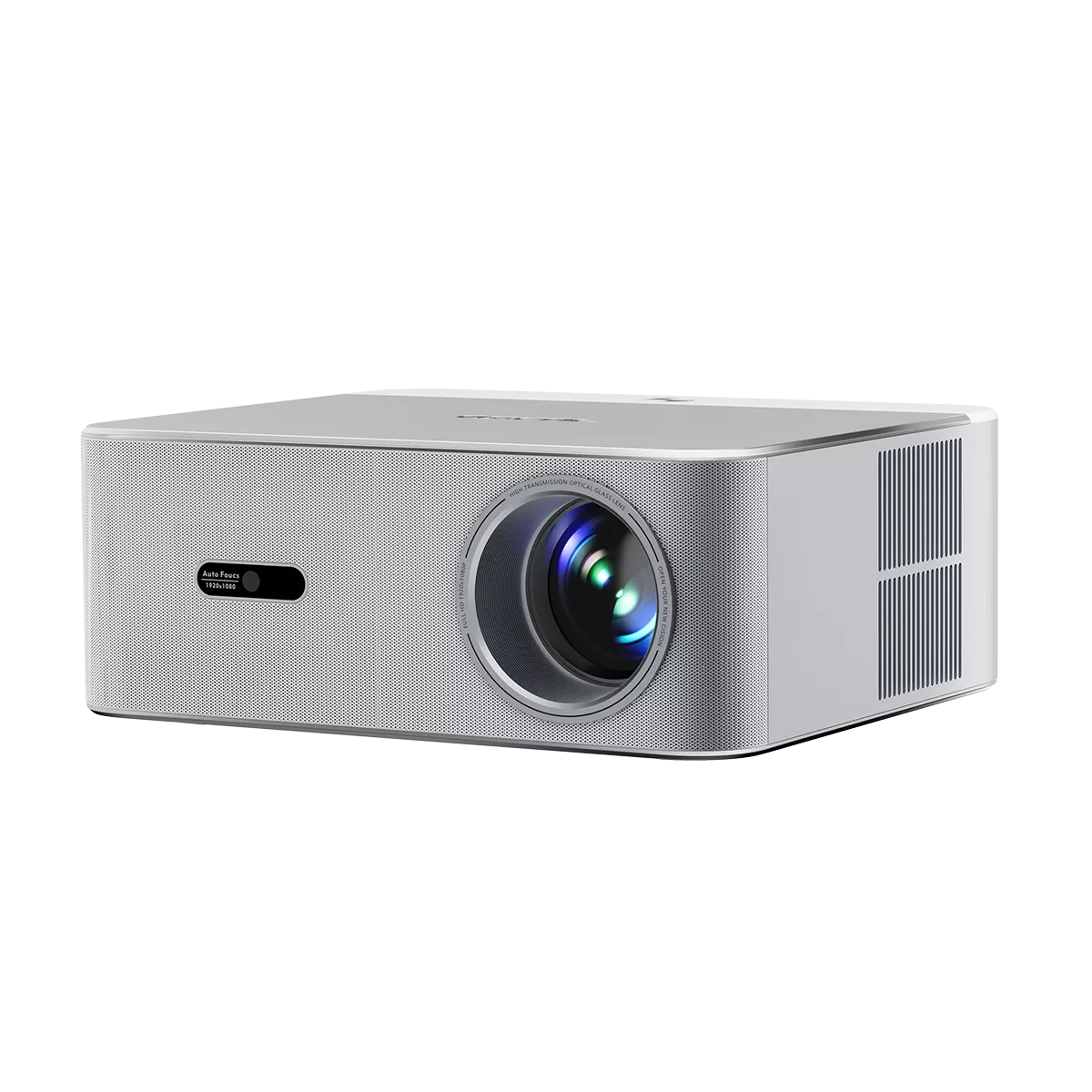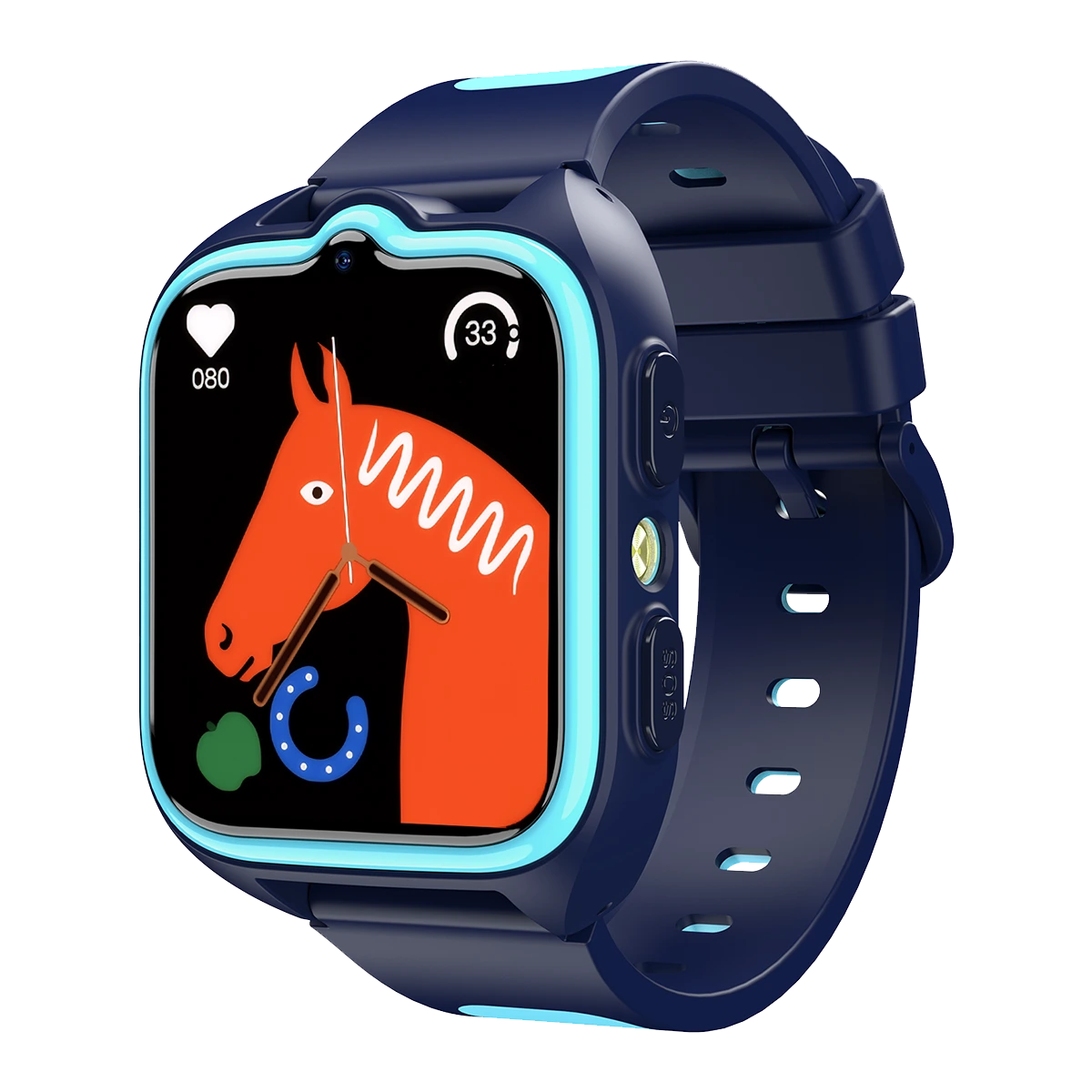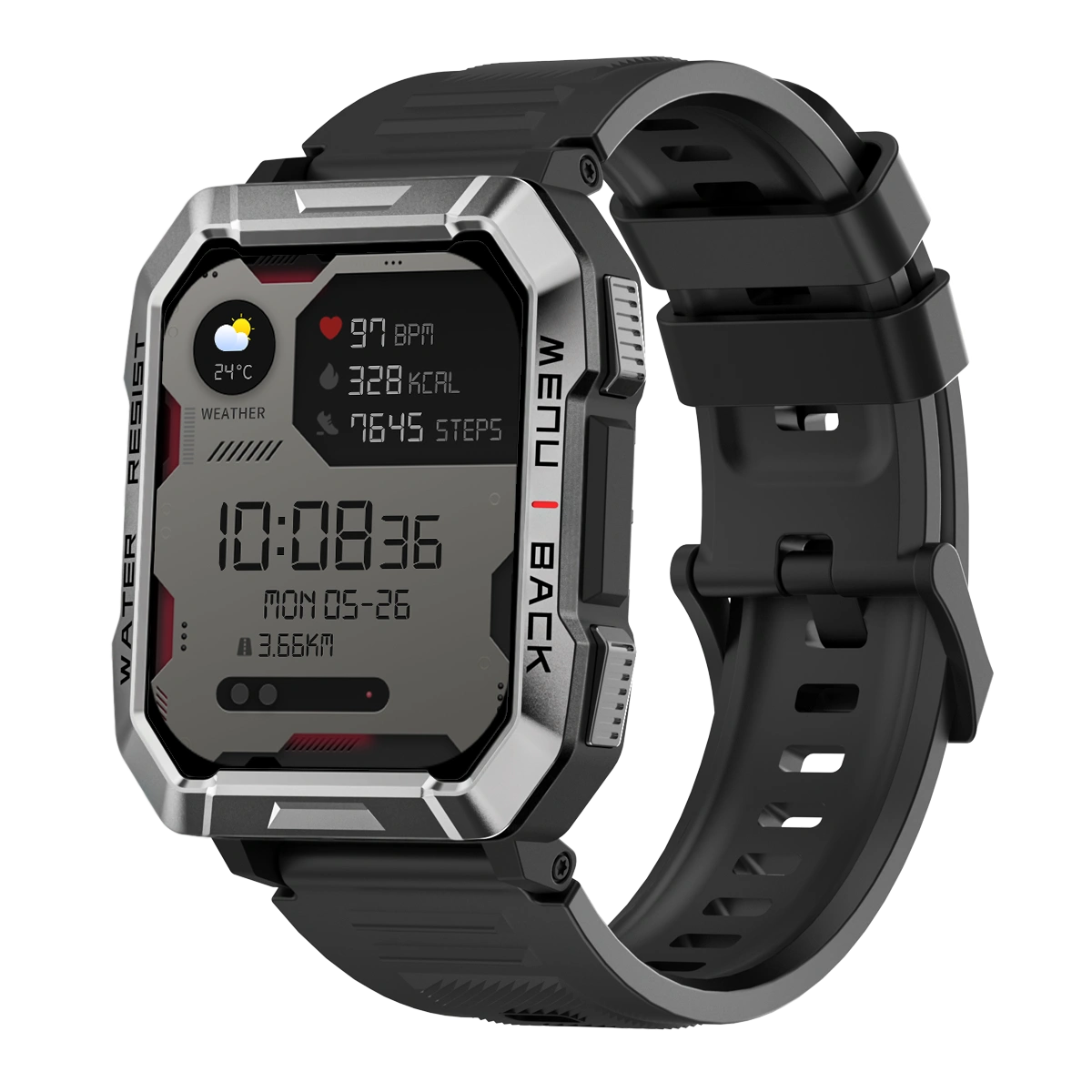Welcome to OSCAL (Well-known brand of rugged smartphone, tablet, and portable power station) blog. Hope this guide has been helpful.
Short answer: no—thermal cameras do not “see through” clothing the way X-rays pass through materials. They detect long-wave infrared radiation (heat) emitted or reflected by surfaces. Clothing is a surface. That said, certain conditions (thin, tight, wet, or highly conductive fabrics) can reveal heat patterns that hint at what lies beneath, which fuels the myth. This guide unpacks the physics, the edge cases, and the ethics so you can separate hype from reality and use thermal imagers responsibly.

Thermal cameras operate in the long-wave IR band (typically 8–14 µm), where human bodies radiate strongly. A camera converts that radiation into a temperature map, then colorizes it. If clothing blocks most of that radiation—or re-emits a uniform temperature—the image shows a featureless “thermal shell.” If clothing transfers or maps heat from the body, the surface can mimic underlying shapes. The device still records only the clothing’s surface temperature pattern, not a literal view under it.
Understanding how fabrics interact with IR is critical. Materials differ in emissivity (how efficiently they radiate heat), transmissivity (how much IR passes through), reflectivity (how much IR they bounce), and thermal conductivity (how quickly they spread heat). Cotton and wool, for instance, are typically high-emissivity, low-reflectivity materials that radiate a smooth, diffuse heat signature. Metallic threads or shiny synthetics reflect more ambient IR, potentially masking or distorting body heat. The upshot: the camera sees a composite of emission, reflection, and heat conduction on the outermost surface.
There are also practical constraints: resolution, noise, optics, and calibration. Entry-level thermal cameras with 80×60 or 160×120 pixels can’t resolve fine detail on moving people at a distance. Even professional imagers emphasize spot-size ratio and thermal sensitivity for industrial diagnostics, not voyeuristic fantasies. The claimed “see-through” videos you might find online often involve atypical conditions: soaked clothing, thin Lycra pressed to skin, or artificial heating setups that imprint body heat onto the fabric.
How thermal imaging really works on clothing
When a clothed person is imaged, the sensor primarily records the clothing’s surface temperature. If the garment is well-insulated and loose, the air gap between fabric and skin disrupts heat transfer, yielding a relatively uniform thermal field—no body details. If the garment is tight, thin, or wet, heat conduction from skin to fabric increases. The fabric can then mirror the skin’s temperature gradients—such as where the body is warmer (e.g., armpits) or cooler (e.g., edges and folds). The camera is still blind to color, print, or transparency in the visible sense; it just sees temperature differences on the fabric’s exterior.
Common myths vs. reality
- Myth: “Thermal cameras see through clothes like X-rays.”
Reality: Thermal cameras detect surface heat distribution; X-ray imaging uses ionizing radiation that penetrates materials. They are fundamentally different technologies. - Myth: “Any thermal camera can reveal intimate details.”
Reality: Most cameras have limited resolution and sensitivity. Without special conditions (tight/wet fabrics, strong heat imprint), images show broad, indistinct shapes. - Myth: “Higher resolution means guaranteed see-through.”
Reality: Higher resolution improves edge definition of surface patterns, not transmission through opaque materials. - Myth: “A hot environment makes it easier.”
Reality: In hot ambient conditions, temperature contrast between body and surroundings narrows, often making features less distinct.
Material factors that affect what you see
Fabrics vary widely. Consider four properties: emissivity, reflectivity, thickness, and moisture behavior.
- Cotton/wool: High emissivity and thickness; they radiate heat uniformly and tend to obscure details, especially when loose.
- Synthetics (polyester/nylon/spandex): Often thinner and tighter in athletic wear, enabling heat patterns to map onto the surface. Shiny synthetics can add reflective artifacts.
- Metallic or foil-lined fabrics: Reflective to IR; can mask body heat or produce confusing highlights from external heat sources.
- Moisture: Wet fabric conducts heat efficiently and reduces insulation. Water films can create a near-skin thermal imprint, making features more apparent.
Environmental and operational constraints
Even with conducive fabric conditions, environment matters. Wind cools external surfaces and blurs heat patterns. Sunlight adds reflections and heats clothing unevenly, producing false contours. Indoors, HVAC vents, space heaters, and warm backgrounds can contaminate the scene with reflective IR. Operator technique also matters: focus, distance (spot size), and stabilization all influence the fidelity of the thermal image.
Edge cases that can mislead
Some scenarios trick viewers into assuming “see-through” capability:
- Compression garments: Very tight, high-stretch fabrics can cling so closely that the outer temperature field approximates skin temperature, outlining muscles or seams.
- Localized heating: A person leaning against a warm surface can pick up a thermal imprint transferred to clothing, briefly highlighting contact areas.
- Perspiration patterns: Sweat increases conductivity and evaporative cooling, creating high-contrast patches that accentuate form—again, on the surface.
- Optical illusions: Color palettes (iron, rainbow) exaggerate contrast. Without a reference scale, viewers may interpret minor gradients as detailed anatomy.
What a thermal camera cannot do
It cannot reveal colors, text, or designs hidden under opaque fabric, because those are visible-light phenomena. It cannot generate anatomical detail through insulating layers. It cannot create information where thermal contrast is absent. Most importantly, it cannot bypass physics: opaque in the visible often remains effectively opaque in long-wave IR, unless the fabric is unusually thin, transmissive at those wavelengths, or pressed into near-perfect thermal contact with the skin.
Responsible use and ethical boundaries
Thermal imaging is invaluable for building diagnostics (finding heat leaks), electrical inspections (hot spots), search and rescue (locating people by body heat in darkness), veterinary and medical research (with strict protocols), and wildlife observation. Using thermal cameras to scrutinize people’s bodies without consent is invasive and, in many jurisdictions, illegal. Ethical operation means obtaining consent, avoiding sensitive areas, and respecting privacy, especially where people have a reasonable expectation of being unobserved.
Practical guidance for legitimate applications
If you are using a thermal camera for authorized, non-invasive tasks involving people (e.g., athletic performance labs with consent), maximize clarity without crossing privacy lines:
- Seek informed consent and explain what thermal images represent (surface temperatures, not literal see-through images).
- Use neutral backgrounds and minimize reflective IR sources to reduce artifacts.
- Calibrate emissivity settings appropriately (typical fabrics ~0.90–0.98) and avoid over-interpreting false-color palettes.
- Mind distance and focus; respect standoff limits to avoid excessive magnification of minor gradients.
- Document environmental conditions (ambient, airflow, humidity) that might influence readings.
Choosing a thermal camera (for the right reasons)
When selecting a camera for building and electrical work—not voyeurism—consider resolution (≥160×120 for basic diagnostics, higher for detailed surveys), thermal sensitivity (≤50 mK helps discern subtle gradients), and lens options (wide for rooms, tele for standoff inspections). Ensure robust calibration, radiometric image export (so you can analyze temperatures later), and practical ergonomics (trigger placement, battery life, screen brightness). Remember: better specs reveal more about surfaces and heat leaks, not private details under clothing.
Key takeaways
- Thermal cameras detect heat at the surface. Clothing is a surface.
- Thin, tight, or wet fabrics can map body heat patterns onto the garment, but that is not true “see-through.”
- Environment and technique strongly influence what appears in an image; many dramatic examples rely on contrived conditions.
- Respect legal and ethical boundaries—use thermal imaging for legitimate, consented purposes.
Conclusion
Can a thermal camera see through clothes? In real-world terms, no. It measures the heat emitted or reflected by whatever is in view—usually the fabric itself. Under particular conditions, the heat pattern on clothing may correlate with body shape, but the camera is not penetrating the garment; it is visualizing surface temperatures influenced by contact, moisture, and material properties. Confusing this with true transparency misrepresents how thermal imaging works.
Understanding the physics and limitations helps set proper expectations. Thermal imaging is a powerful tool for safety and diagnostics, not a magic lens. Use it to find energy losses, prevent equipment failures, and aid rescue efforts—and always keep privacy, consent, and the law at the forefront of any scenario where people are in frame.



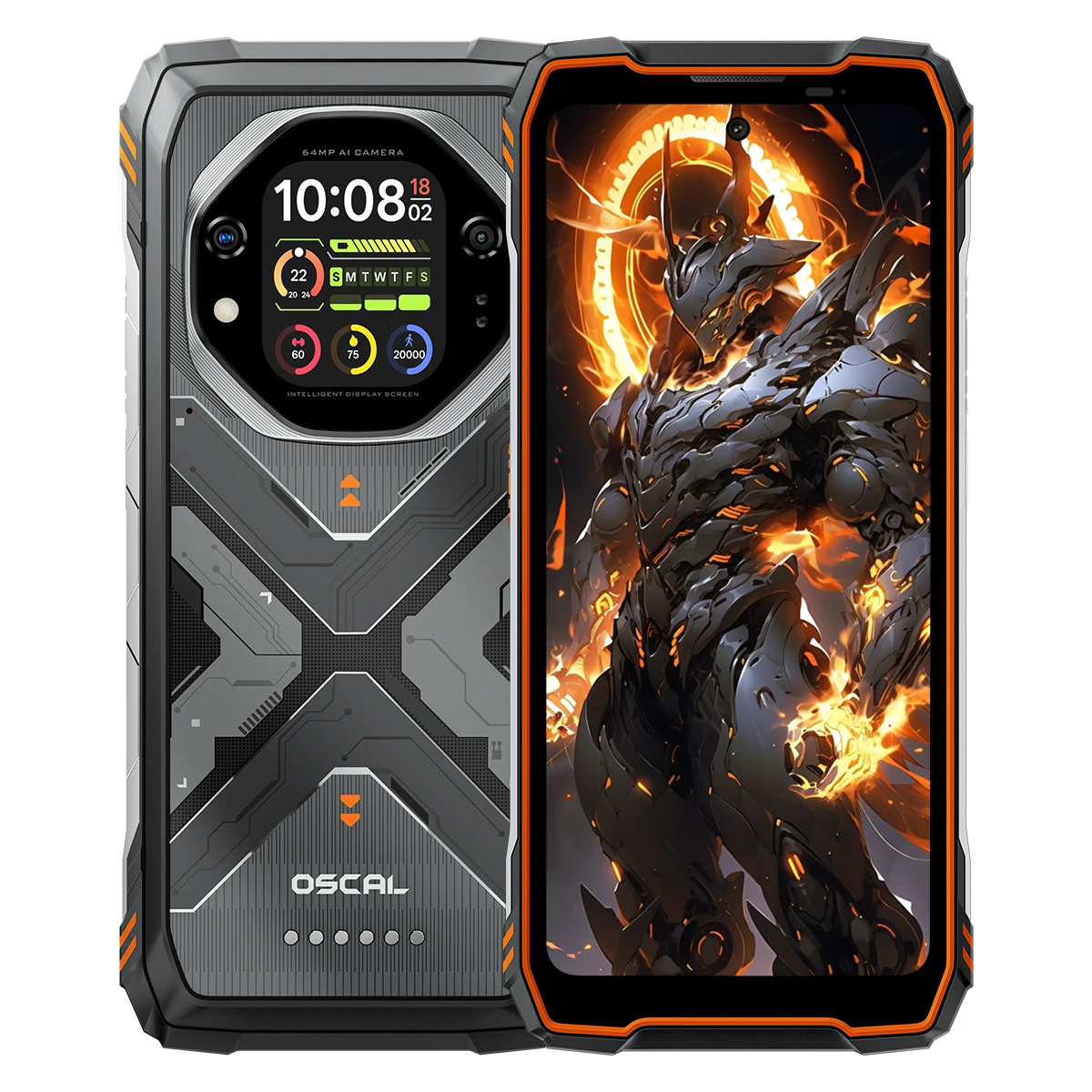
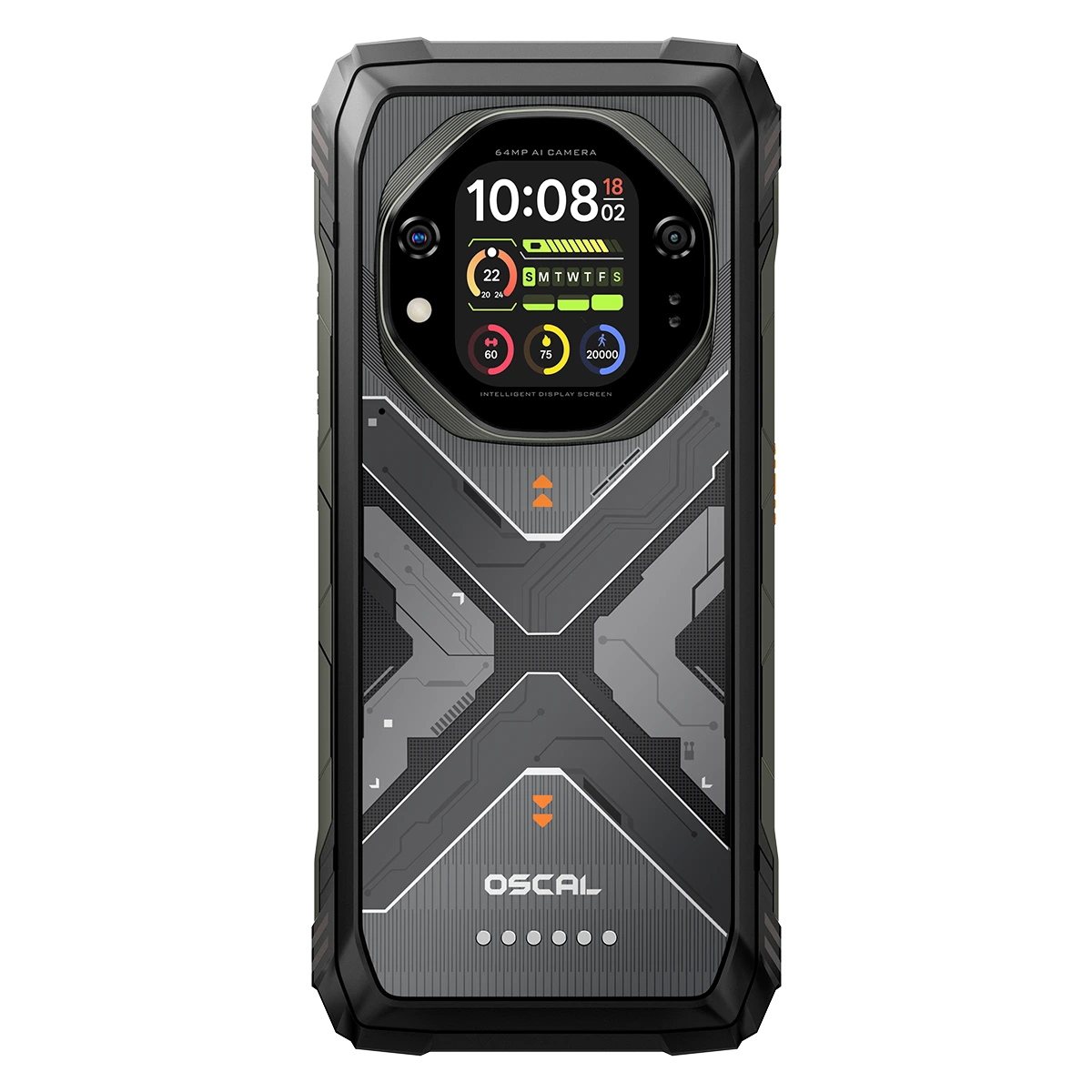




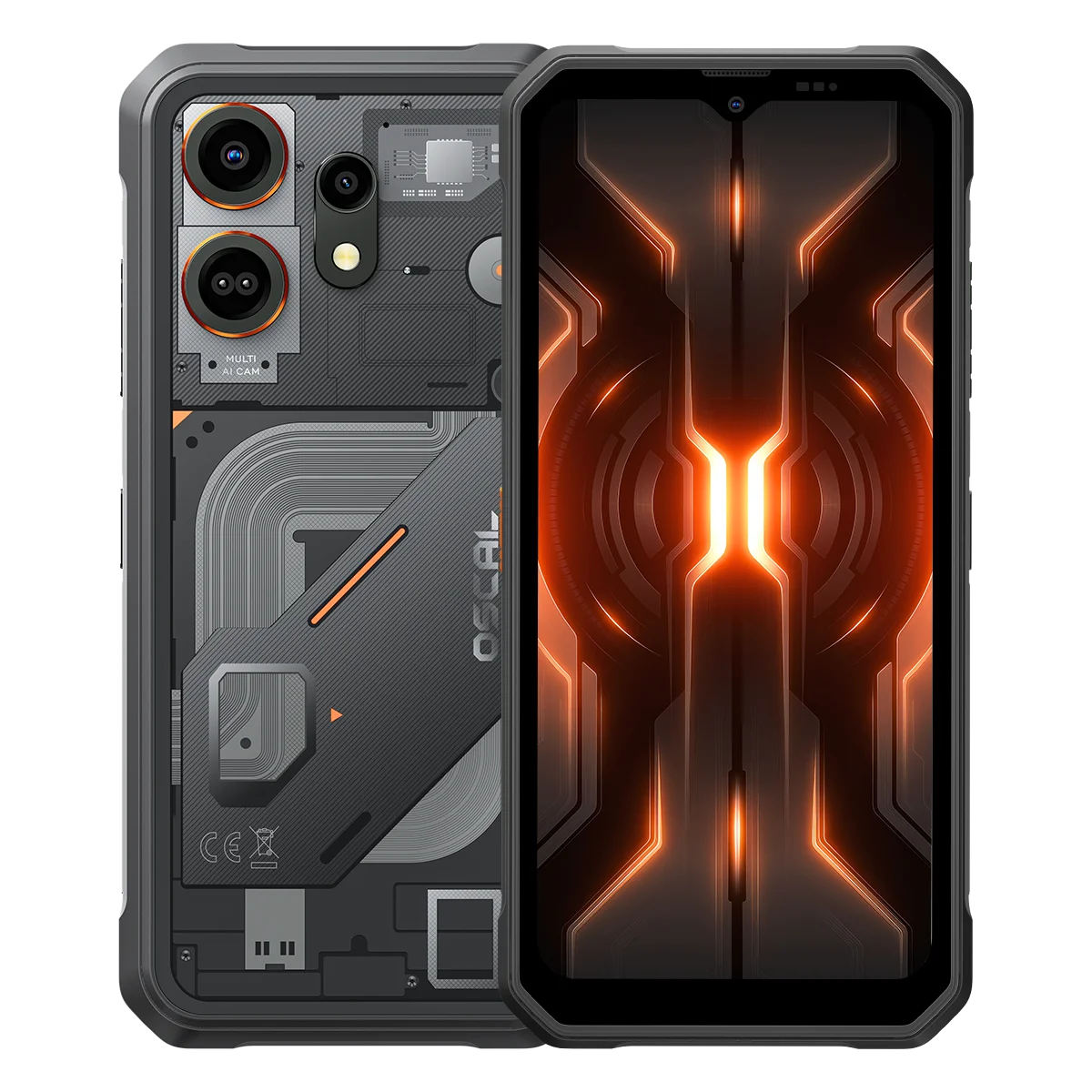








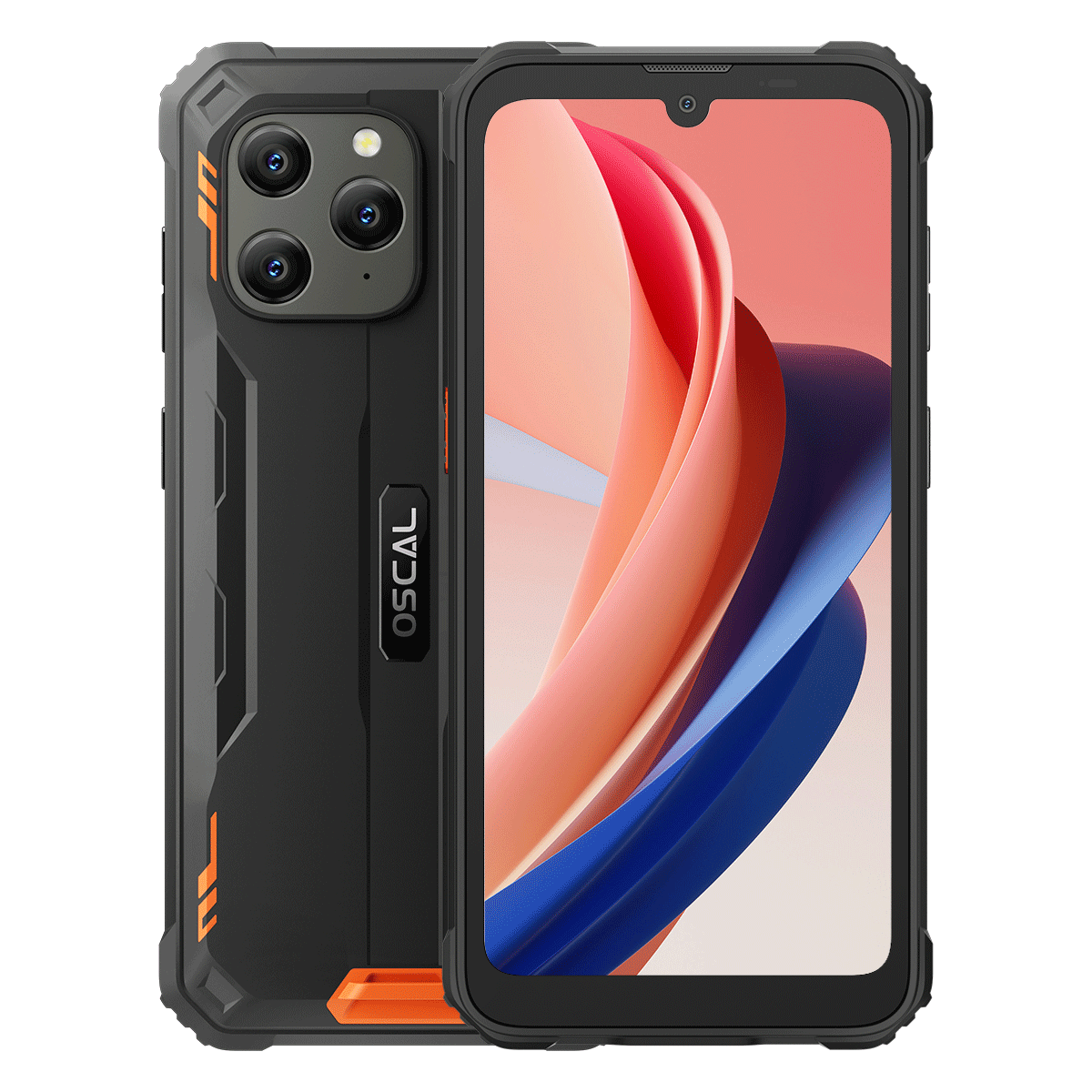

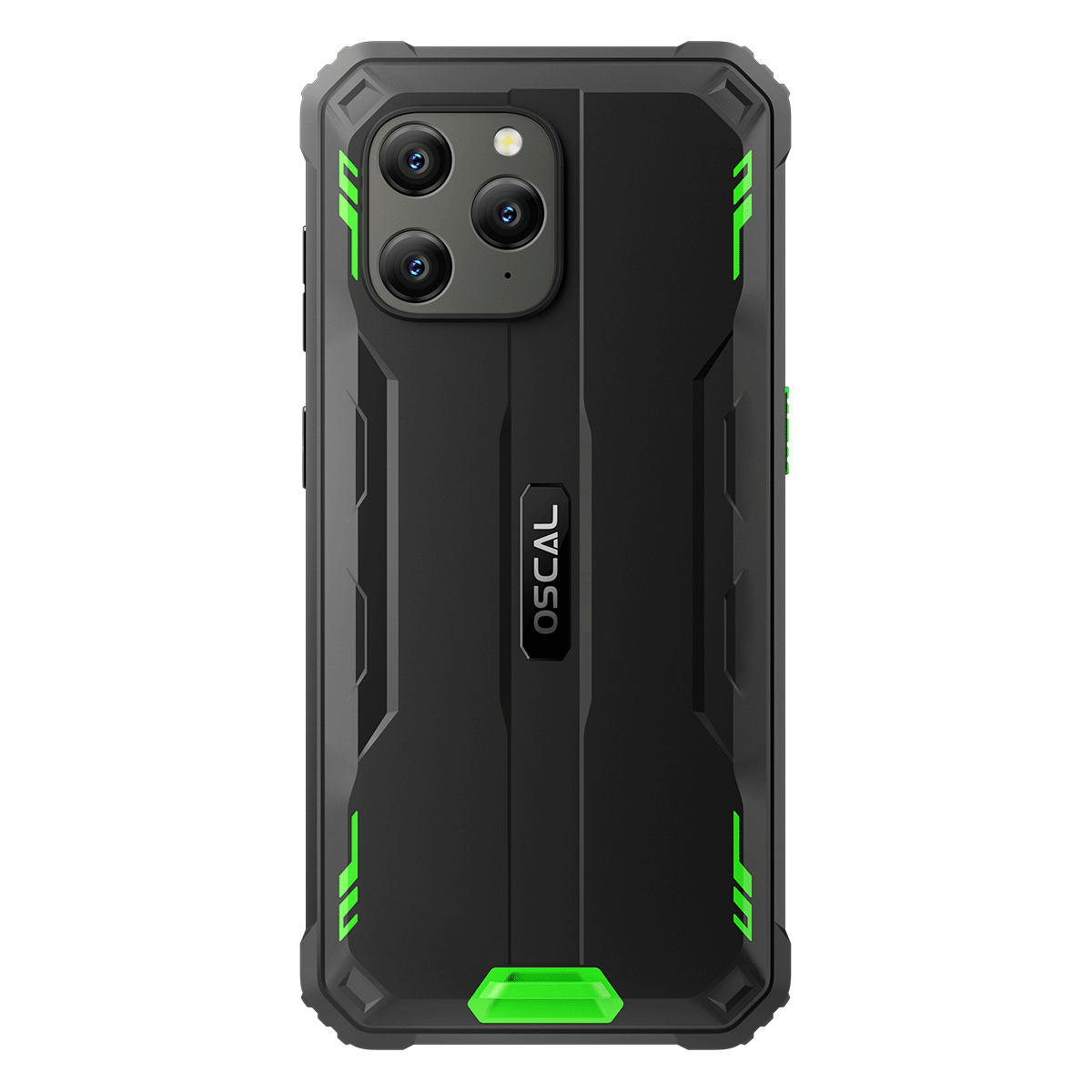












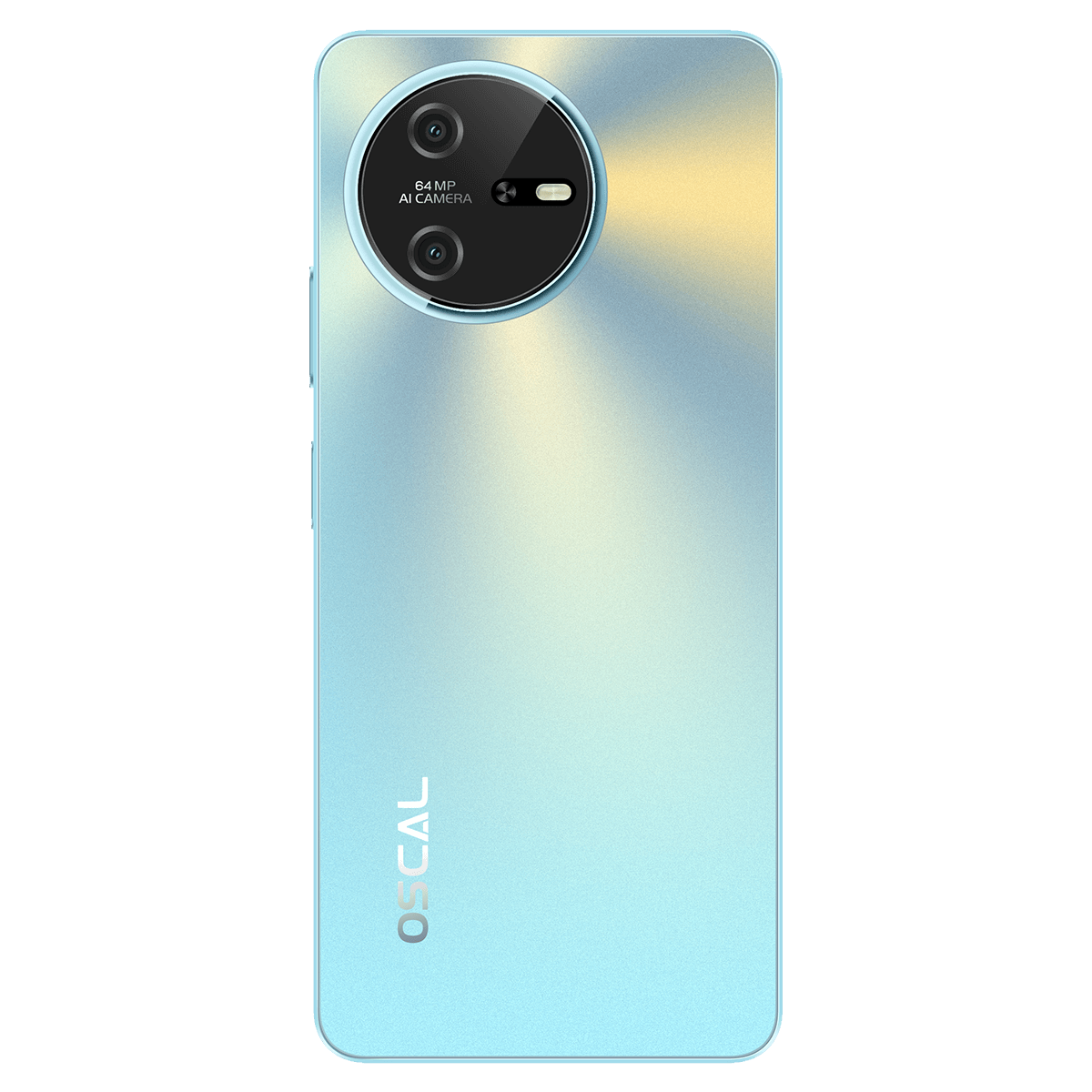
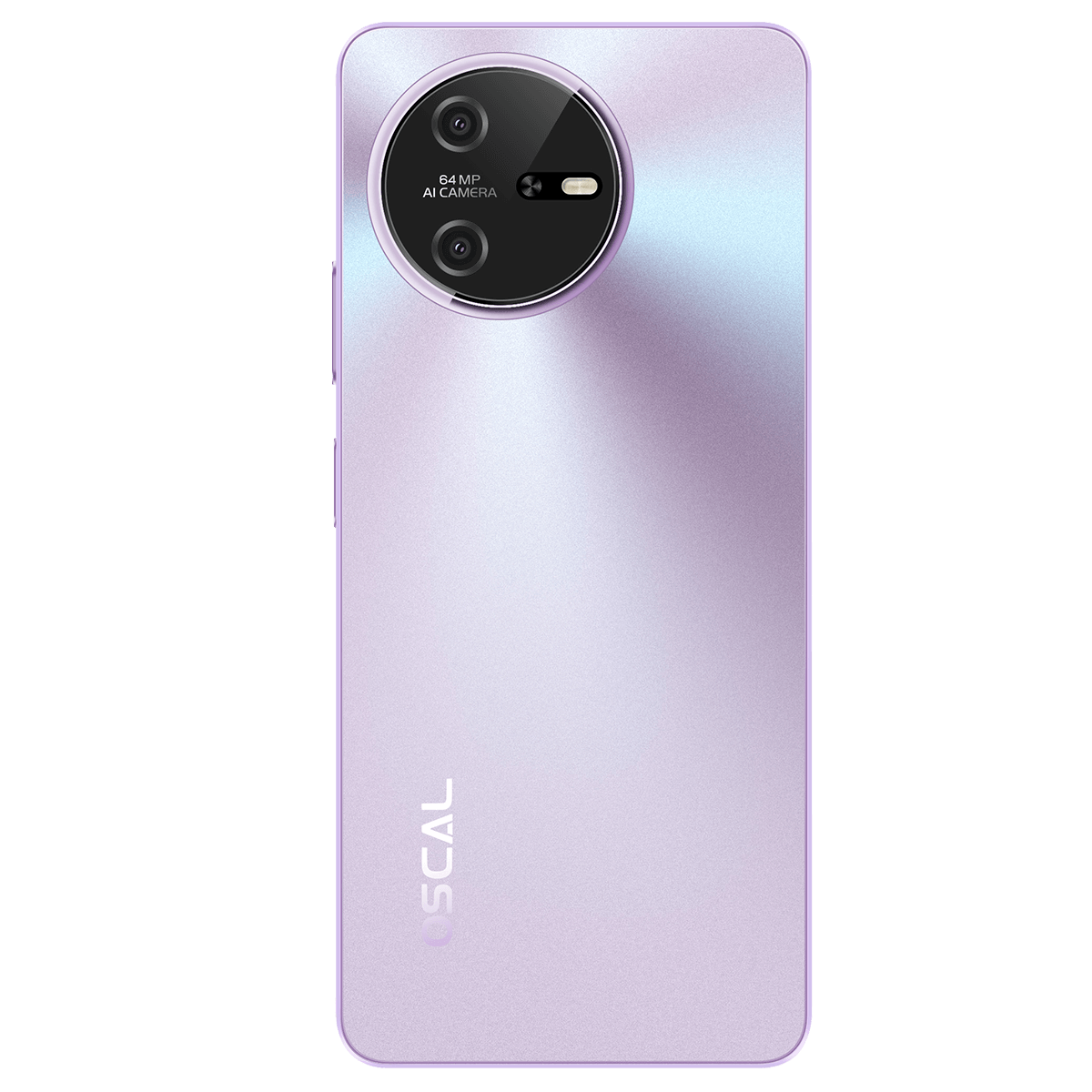































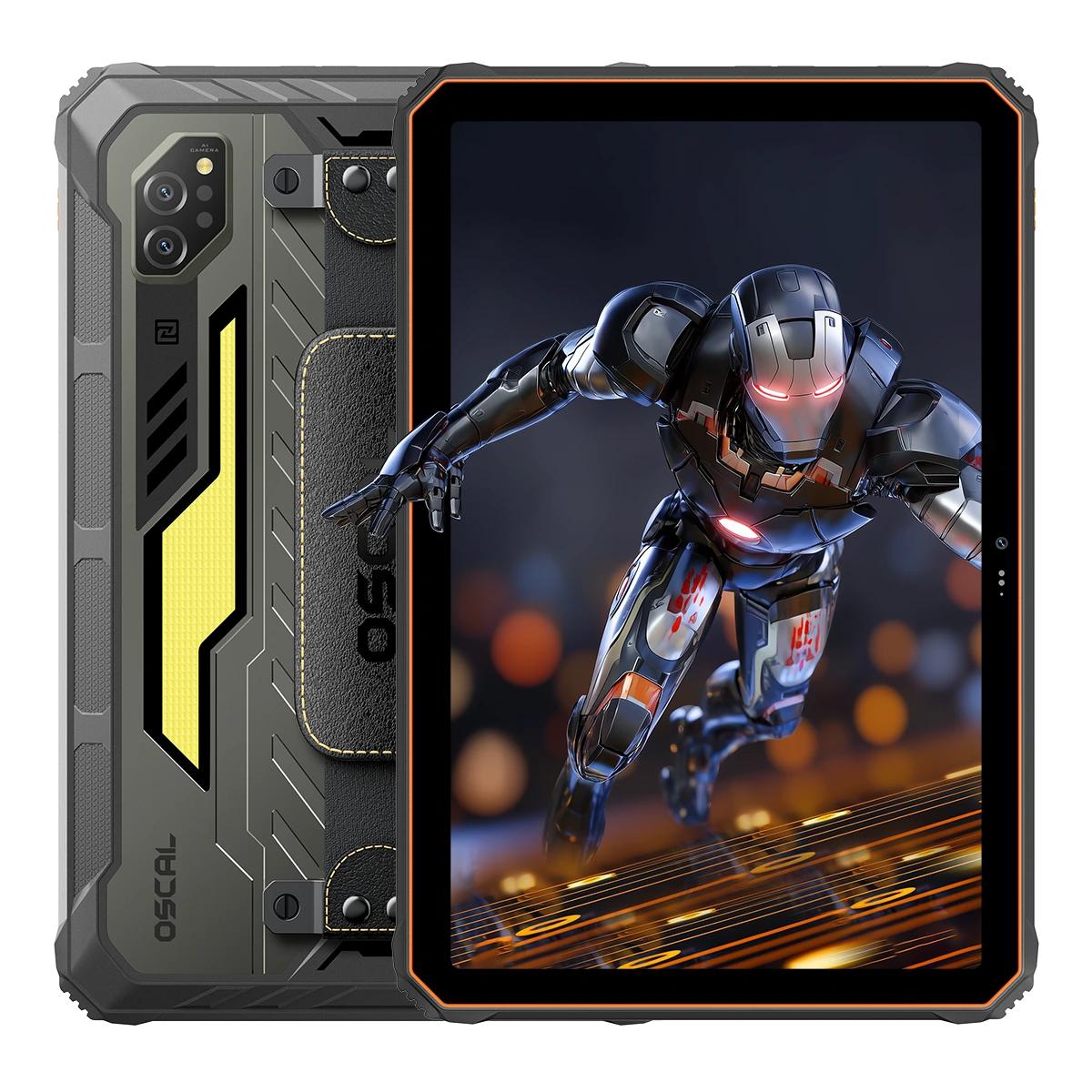


 (1)-20251204034946188.jpg)
